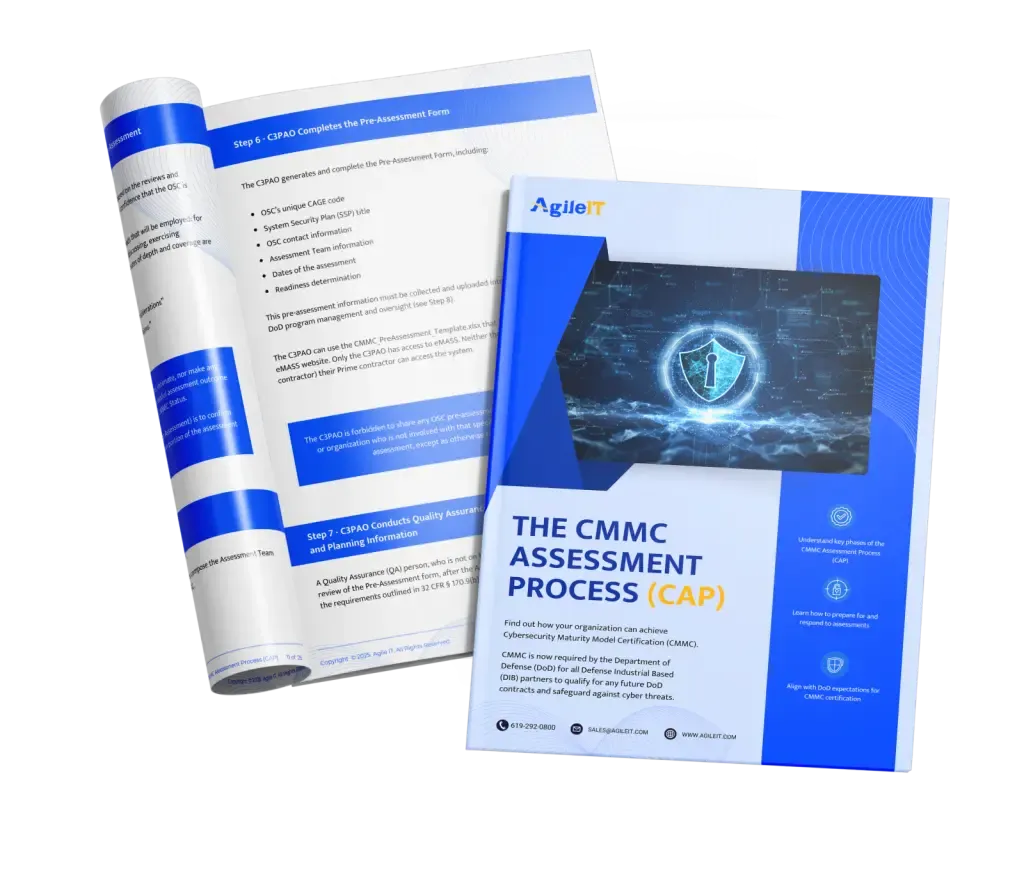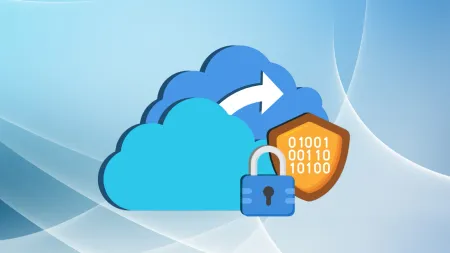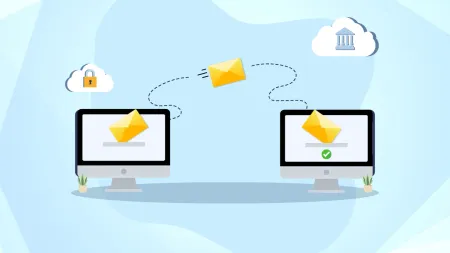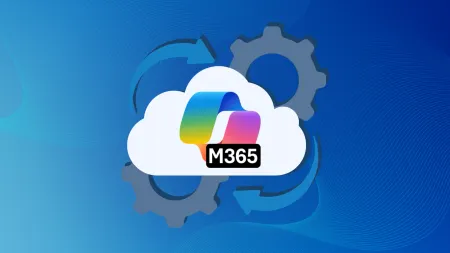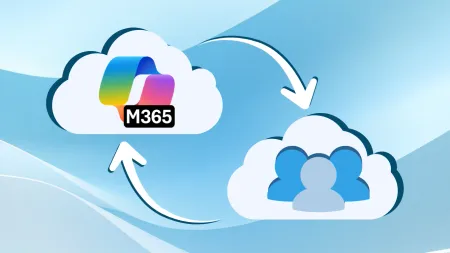How to Migrate Tenants to GCC or GCC High Environments
Learn how to migrate Microsoft 365 tenants to GCC or GCC High for compliance with DFARS, NIST 800-171, and CMMC requirements. Step-by-step guidance included.

This is Post #3 of our Tenant to Tenant Migration Government and Compliance Series
If you missed the earlier posts, start here to get the full picture:
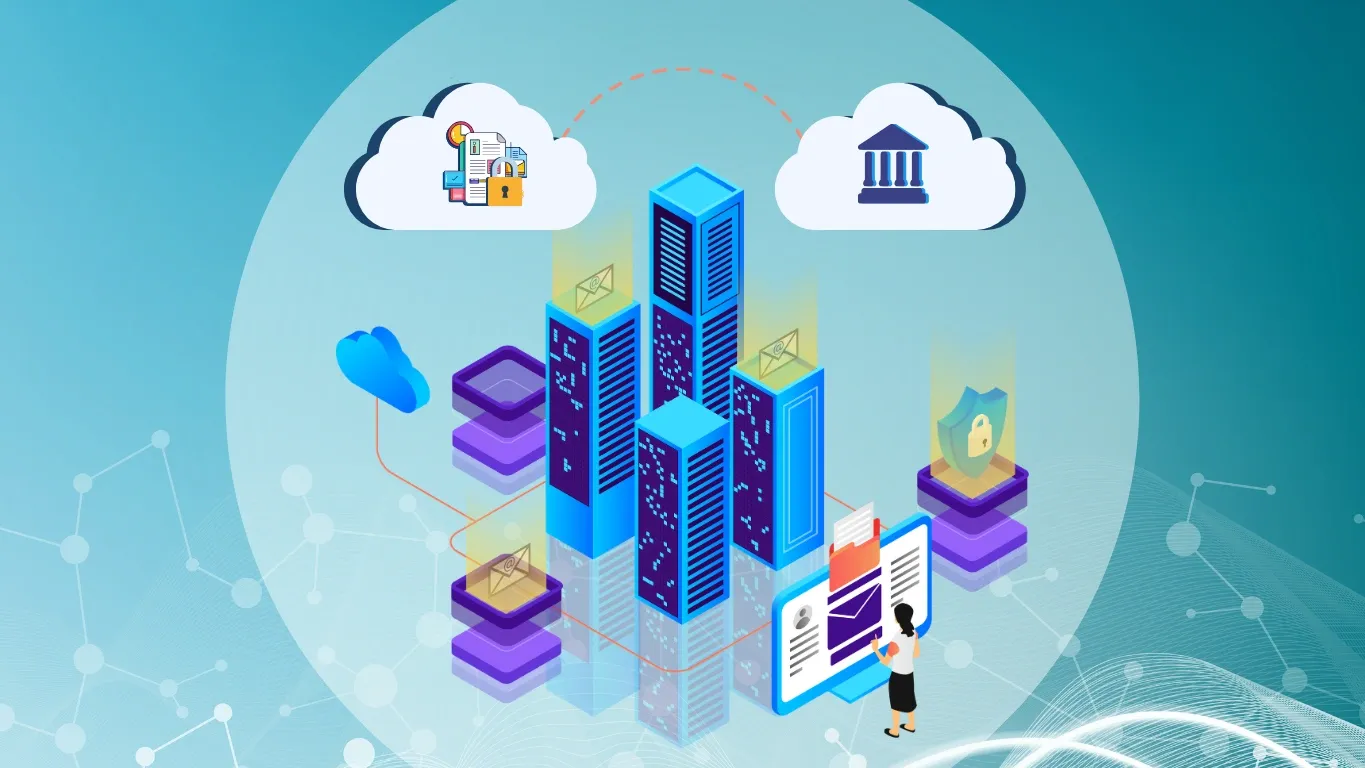
As organizations within the Defense Industrial Base (DIB) look to protect the Controlled Unclassified Information (CUI) in order to maintain compliance with federal regulations such as CMMC, DFARS, and NIST SP 800-171, one key step many of them take is to upgrade from a commercial Microsoft tenant to Microsoft 365 Government Community Cloud (GCC) or GCC High. While embarking on a GCC or GCC High migration can seem like a daunting process, it is an essential step to take to properly secure the sensitive government data you handle and ensure you maintain your contractual compliance obligations. The fact is that Microsoft GCC and GCC High are essential tools for defense contractors subject to CMMC and DFARS, as these government cloud environments are specifically designed to provide the security and compliance features you need to properly protect sensitive government data. Yet, if you are unfamiliar with Microsoft’s government cloud offerings, you may find yourself wondering how you will know whether Microsoft GCC or GCC High is right for your organization, and how you can plan your migration to ensure this process goes smoothly while minimizing downtime. To help you better understand the migration process, keep reading as we dive deeper into GCC and GCC High and the steps involved in planning and executing a GCC High migration.
Understanding GCC vs. GCC High
Before you can start planning your migration, you must first decide whether GCC or GCC High is the right choice for your organization. Ultimately, this will come down to your organization’s compliance needs, as GCC High offers more compliance features than GCC. However, if you’re unfamiliar with Microsoft’s government cloud offerings, you may be unsure what the differences between these two products even are. To help you choose the right product, we will take a look at the key differences between Microsoft 365 GCC and GCC High.
Microsoft GCC
Microsoft Government Community Cloud is a cloud environment specifically built for government agencies and contractors to protect sensitive but unclassified government data. This cloud platform offers compliance with DFARS 7012,only CMMC Level 1, and it meets FedRAMP Moderate.
Microsoft GCC High
Alternatively, GCC High is designed for defense contractors and organizations managing highly sensitive data, including ITAR-controlled information. Furthermore, it is compliant with FedRAMP High, and it offers compliance with CMMC Levels 2 and 3. As such, it offers superior security and compliance features compared to GCC, and it also provides data sovereignty and restricts access to vetted U.S. citizens, making it ideal for defense contractors.
Key Differences
While GCC and GCC High both offer more robust security features than Microsoft 365 commercial, GCC High offers more comprehensive security and compliance features designed specifically for federal agencies and defense contractors handling sensitive government data that could threaten national interests if compromised. As such, GCC High is the preferred platform for federal contractors subject to CMMC Levels 2 or 3, as well as those handling ITAR data. If you’re unsure whether GCC or GCC High is right for your organization, consider consulting an experienced GCC High migration partner to help walk you through your options.
Preparing for a GCC High Migration
Once you’ve chosen between Microsoft 365 GCC and GCC High, your next step will be to start preparing for your migration. It’s essential that you don’t try to jump right into the migration without the right preparation and planning, as this could leave you vulnerable to data breaches and unexpected downtime. A few steps that you should take to prepare for a GCC High migration include:
-
Review Licensing Requirements: To ensure the security and integrity of GCC High, Microsoft limits who can purchase GCC High licenses, and organizations must verify their eligibility before they can migrate to GCC High. You should then start by reviewing Microsoft’s licensing requirements to see if you organization is eligible to purchase GCC High.
-
Achieve Validation: Once you verify your eligibility, you will need to submit a validation request by filling out Microsoft’s GCC Eligibility Intake Form. Once you’ve submitted your validation request, Microsoft will reach out to you about your next steps and will walk you through the process of achieving validation.
-
Data Classification and Scoping: Once you achieve validation and purchase your GCC High licenses, you will be ready to plan your migration. A good place to start would be by evaluating your data and identifying, classifying, and inventorying the type of data you handle and where it resides on your network. Pay special attention to where CUI resides so you can take proper security measures during the migration and define the scope of the data being migrated to GCC High.
-
Select The Right Migration Partner: Choosing the right GCC/GCC High licenses, getting validation from Microsoft, and planning your migration alone can be an overwhelming prospect. As you start the process of planning your migration, you should consider partnering with an experienced Microsoft AOS-G partner. Not only can the right partner help walk you through the validation process and help you select the right licenses, but they can also help manage the migration for you, significantly reducing your burden during this process.
Step-By-Step Migration Process
Once you’ve taken the time to thoroughly prepare for your migration, you’ll be ready to actually start the migration process. Of course, it’s essential that you approach your migration with caution, as trying to rush this process can lead to costly mistakes and compliance errors. To help ensure your migration goes smoothly, here’s a step-by-step guide for executing your GCC High migration.
-
Create a Migration Plan: The first step in ensuring a smooth tenant-to-tenant migration is taking the time to create a detailed migration plan and timeline. This should include a strategy for executing the plan in phases, communicating the migration process to stakeholders, and plans for taking preventative steps to secure CUI and minimize downtime.
-
Perform an Environment Assessment: Next, you should evaluate your current IT infrastructure, including applications, workloads, and user accounts, to verify compatibility with GCC High. This will prevent surprises during your migration and give you time to find alternative applications and workarounds.
-
Perform a Gap Assessment: Before executing your migration, it’s also essential that you perform a gap analysis of your current cybersecurity posture against NIST SP 800-171, CMMC, and any other compliance frameworks relevant to your defense contracts. This will help secure your data during and after your migration.
-
Provision Your New Tenant: Next, you’ll be ready to start provisioning a new GCC High tenant and configure the necessary security and compliance settings to secure your CUI.
-
Migrate Data: Once you’ve provisioned your tenant, you’ll be ready to officially start the migration process. When performing a GCC High migration, implement the migration in phases to minimize disruptions and reduce the risk of data loss. This phase is when you will migrate data, including user accounts, emails, files, SharePoint, OneDrive, and Teams data.
-
Test and Validate: Finally, once all your data has been migrated, take the time to thoroughly test all migrated components to ensure that everything works properly in the new tenant.
Post-Migration Tasks
Once your GCC High migration is complete, your job isn’t done. There are critical steps that you need to take in order to ensure a smooth transition to your new Microsoft tenant. This is where it can be beneficial to partner with an IT Managed Service Provider (MSP) experienced in handling compliance, as they can help ensure a smooth transition after your migration is complete.
A few steps that you should take following your GCC High migration include:
-
Performing Data Integrity Checks: After your migration is complete, the first step you should take is to thoroughly test all migrated components, services, and data to ensure that everything transferred properly and all services are functioning correctly.
-
Conducting Post-Migration Reviews: Next, you should perform post-migration reviews, such as validating configurations, reviewing access permissions, and confirming that all necessary security controls and compliance requirements are being met in your new tenant.
-
Training Users: To ensure a seamless transition to GCC High, it’s essential that you provide training to help users adapt to the new environment and successfully reconfigure any applications they use. Furthermore, ongoing training will be essential to keep your staff updated on the latest changes in Microsoft as well as evolving cybersecurity threats in order to ensure your CUI is protected.
-
Monitoring Continuously: It’s also critical that you continuously monitor your GCC High environment after your migration to ensure that you maintain compliance with evolving cybersecurity regulations. Monitoring your GCC High tenant can also help you spot performance issues and identify areas for optimization to ensure efficiency.
Need Help Migrating a Tenant Migration? Contact AgileIT Today!
Migrating to GCC High can be a daunting process, but it’s an essential step for DoD contractors o properly secure their CUI and maintain their compliance obligations. Fortunately, partnering with a Microsoft AOS-G reseller and GCC High migration partner like Agile IT can help streamline the migration process. By working with our experienced migration experts, you can rest easy knowing that your migration is being handled by seasoned professionals who can ensure your operational continuity and data security during and after the migration. Feel free to contact us today to learn more about our migration services and the benefits of letting our team handle your tenant-to-tenant migration.
